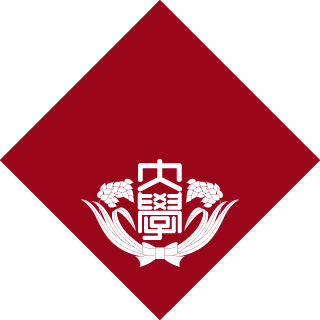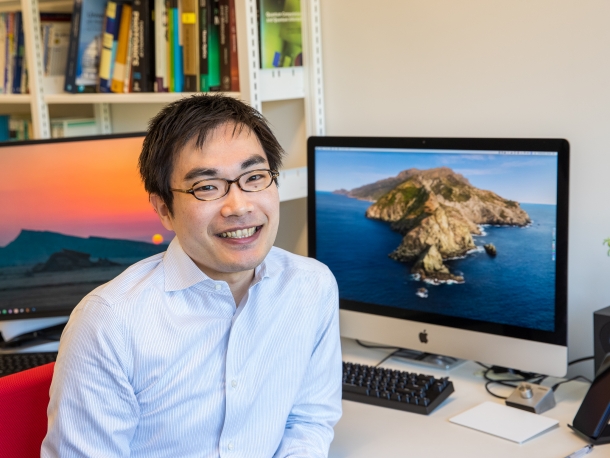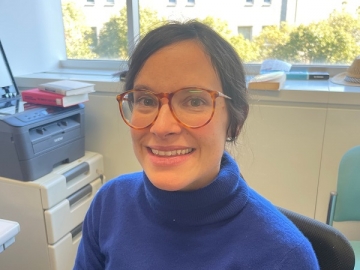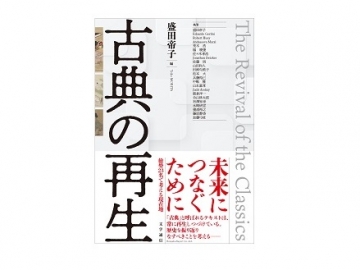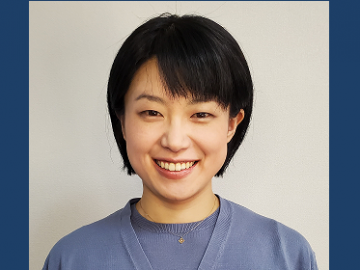KATO Shinya, Assistant Professor
A quantum world that behaves differently from our everyday intuition
My specialty is physics, and my research is focused on light-related experiments in the field of quantum optics. It is rather difficult to get an image of that work in everyday life, but in the theory that explains the behavior of basic particles such as electrons and atoms, atoms that are thought to be particles with the properties of waves, and light is generally regarded as waves that exhibit properties of particles. This is a simple summary of how we perceive the quantum world.
When we study the quantum world, we interpret various phenomena according to laws of physics that are different from the laws governing the macro world. In my daily work to investigate the interaction between light and atoms, I am studying to advance my understanding of the quantum world and to find means of utilizing it. I conduct my research on cavity quantum electrodynamics (cavity QED) using a device called optical cavity. I have constructed a new kind of optical cavity with a different mechanism, and now I am proceeding with experiments using the device.
High-performance optical-fiber based optical cavity designed from a completely new perspective
An optical cavity is a device that confines a beam of light and causes it to bounce around in a closed space that reciprocates only light of a certain wavelength. A system consisting of light and one atom confined in an optical cavity is called a cavity QED system. The higher the confinement performance, the less contamination there will be in observations of the quantum nature of light and matter. Therefore, if we create a high-performance optical cavity, a wide range of possible cavity QED system experiments will possible. This is expected to lead to the development of a new quantum optics.
In conventional optical cavities, the mirrors are facing each other, and light of a specific wavelength is reciprocated between them (Fig. 1 left). By improving the quality of the mirrors as much as current technology allows, and using a device in which the mirrors are opposed at a tiny distance equal to the thickness of several human hairs, we have deepened our understanding of the system of light and one atom considerably. However, until now it has been thought that there is a limit to how much we can improve the performance of an optical cavity using conventional mirrors.
I challenged that assumption by creating an optical-fiber-based optical cavity from a completely new design perspective. If the optical cavities are optical-fiber-based, it is possible to connect them—and that makes it possible to experiment with more complicated systems.
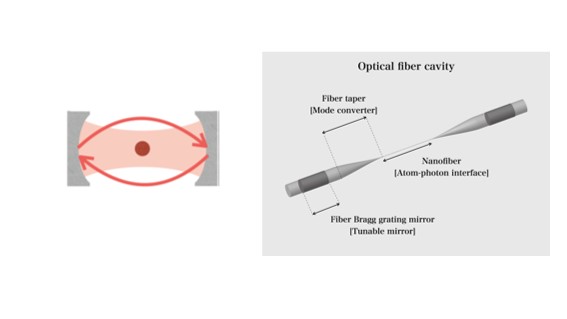
Fig. 1 Schematic diagram of an optical cavity
Left: a type of optical cavity with conventional mirrors facing each other.
Right: an optical cavity using optical fibers. The optical fibers are stretched to achieve a diameter of 0.4μm for reciprocation of the light, and lattices are built (the dark gray parts) on both sides that reflect only light of a specific wavelength.
(Image: courtesy of Dr. Kato)
The important innovation in my cavity QED experiment is the optical fiber components, which are thinner than the wavelength of light (see the central part of the image on the right in Fig. 1). In the latter half of the 2000s, when the processing of these optical fibers began, it was common for loss in the processed part to exceed 10%. The reality was that in an optical cavity, which reciprocates many times, such a lossy part is not adequate for practical use. Therefore, our group worked to clarify the causes of the loss one by one; we designed a structure that theoretically should have sufficient performance, and actually manufactured it. In 2015, we succeeded in developing the world’s first cavity QED experimental device using an optical fiber optical cavity.
After repeated improvements, by 2020, we had achieved loss of less than 0.1% in the processed part, so we could successfully construct an optical cavity that boasts more than 30 times the performance of the kind of equipment realized in 2015. My knowledge of laser cooling, which I acquired in my doctoral studies, helped me a lot in in my work to create a stable experimental device for the new cavity QED system.
Connecting optical cavities to confirm complex interactions between atoms and photons
Figure 2 shows the experimental results achieved with the device that we built. The graph on the right in Fig. 2 represents our measurement of the light transmittance when the wavelength (frequency) of the light passing through the optical cavity was changed. A black dot ● represents the value when there is no atom in the cavity, and a red dot ● is the value when one cesium atom is in the cavity.
The peak in the graph shown in black in the center of the graph in Fig. 2 (right) decreased as shown by the red line, which means that the light that had passed through the optical cavity could not pass through with the placement of only one atom. The theoretically calculated values (solid lines) and the values measured in the experiment (black ● and red ● dots) are in good agreement, so we could confirm that the device I created is suitable for experimentation with cavity QED systems.
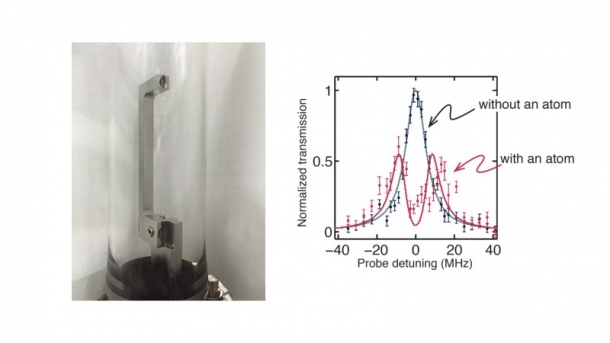
Fig. 2 Left: the optical cavity made of optical fiber. Part of the optical cavity is glowing orange.
Right: graph showing the relationship between light wavelength (frequency, on the horizontal axis) and light transmittance (on the vertical axis) for the case of one optical cavity.
The high transmittance of light observed here indicates that a half-integer multiple of the wavelength of light matches the length of the optical cavity as the light is transmitted back and forth through the resonator many times. Just having one cesium atom at a distance of about 0.2 μm from the optical cavity reduces the light transmittance, giving the graph a double mountain-like distribution.
(Image courtesy of Dr. Kato)
Next, I conducted an experiment in which I connected two optical cavities (Fig. 3, left). Unlike mirror-type optical cavities, optical fiber optical resonators can be easily connected with fibers, and the length of the connecting part can be varied freely (Fig. 3, upper left). The graph on the right side of Fig. 3 shows the relationship between the wavelength (frequency) of light and the transmittance. The solid blue line shows the experimental result, and the dotted red line shows the theoretical calculation.
Assuming that part b in the upper left image of Fig. 3, which connects the two optical cavities, also acts as an optical cavity, and considering the results of the interaction between light and atoms, we achieve an understanding of the experimental results. Optical cavities that can be connected can be used to experiment with complex systems: it is now possible to concretely experiment with the forms of atomic-light interactions, something that was not possible before.
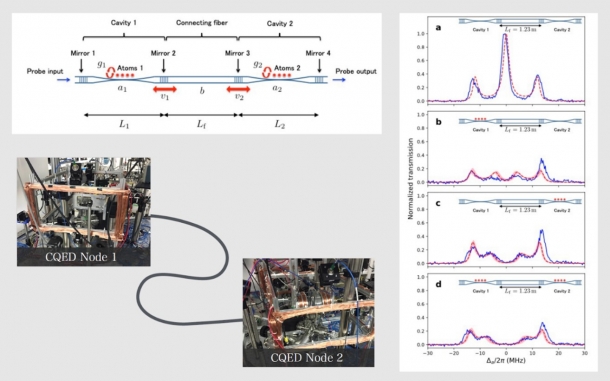
Fig. 3 Experiment in which two optical cavities are connected
The optical cavities were mounted in a device like the one shown in the photo, and the two optical cavities were connected by means of an optical fiber. This is modeled in the upper left figure, where the optical cavities a1 and a2 are connected by means of optical fiber b. Multiple cesium atoms are positioned near a1 and a2. In the graph on the right, a displays the result when there are no atoms on either side; b when there is an atom on the left side only; c on the right side only; and d when atoms are positioned near both optical cavities. The theoretical values and the observed values are in good agreement. (Image courtesy of Dr. Kato)
The research reported here aimed to enable free control of the interaction between atoms and light by artificially creating special situations involving a single atom and light. However, there are phenomena in our environment where light and atoms, or light and molecules, interact. In order to deepen our understanding of those phenomena, I am interested in modeling and simulating them in my research.
Many everyday phenomena include reactions in which light is important, for example photosynthesis, a reaction among a small number of molecules and sunlight. Until now, we have been conducting research to deepen our understanding from macro to micro, but I am also interested in research that progresses from micro to macro by expanding our accumulated experimental techniques and their results. If we use quantum optics to elucidate the phenomena in the world around us, I expect that we will discover something interesting.
Interview and composition:
Kaori Oishi
In cooperation with:
Waseda University Graduate School of Political Science J-School
